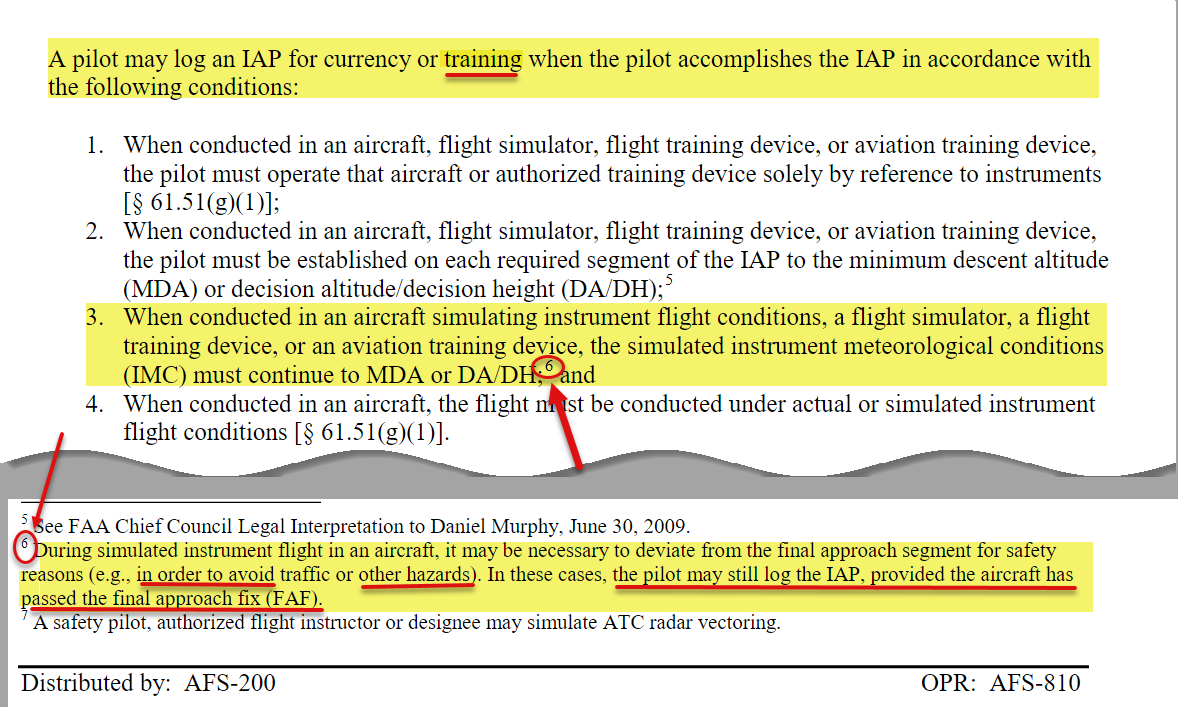The long cross country requirements are as follows:
§61.65(d)(2)
(ii) Instrument flight training on cross country flight procedures, including one cross country flight in an airplane with an authorized instructor, that is performed under instrument flight rules, when a flight plan has been filed with an air traffic control facility, and that involves -
(A) A flight of 250 nautical miles along airways or by directed routing from an air traffic control facility;
(B) An instrument approach at each airport; and
(C) Three different kinds of approaches with the use of navigation systems.
I flew from my base airport, a 100nm leg, performed an RNAV approach to land, departed on another 100nm leg, performed an ILS approach to land, departed on the last 100nm leg back to my base airport. There, while I flew the VOR approach past the FAF, we decided to go missed due to terrible wind gusts. We diverted VFR to a nearby airport and proceeded to land there.
Have I actually satisfied the requirements in §61.65(d)(2)(ii)(B) and (C)?

